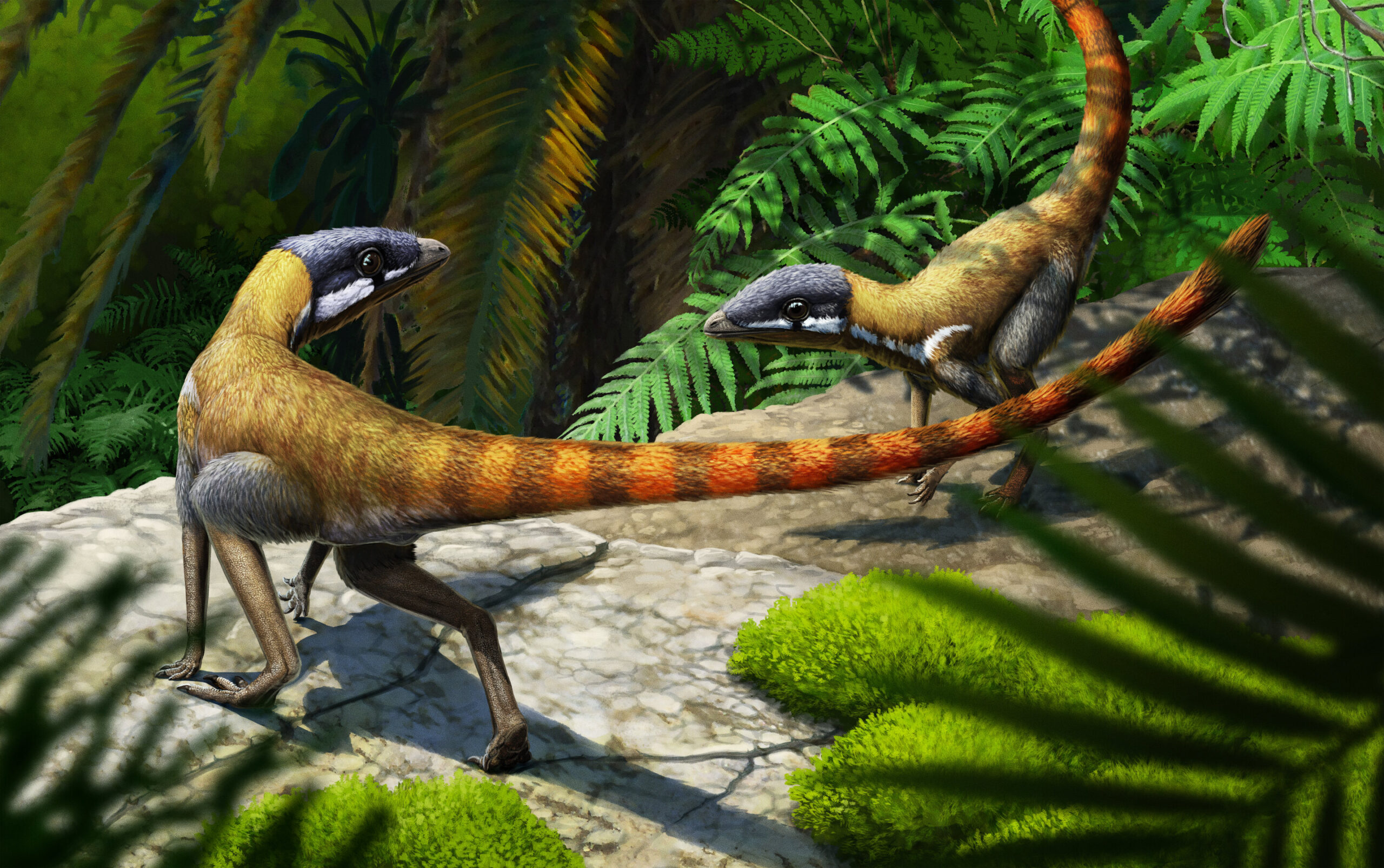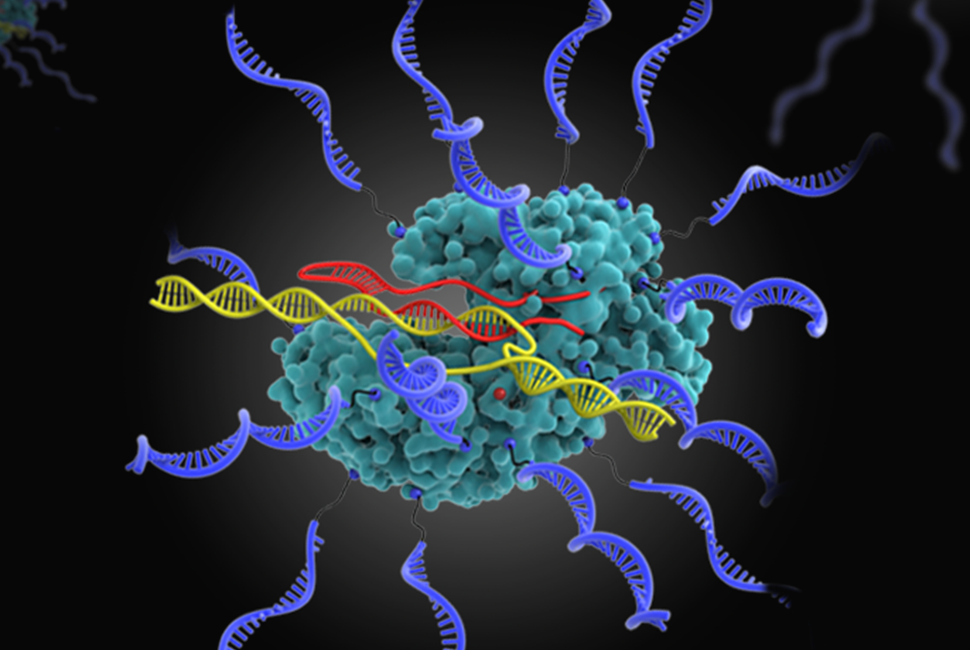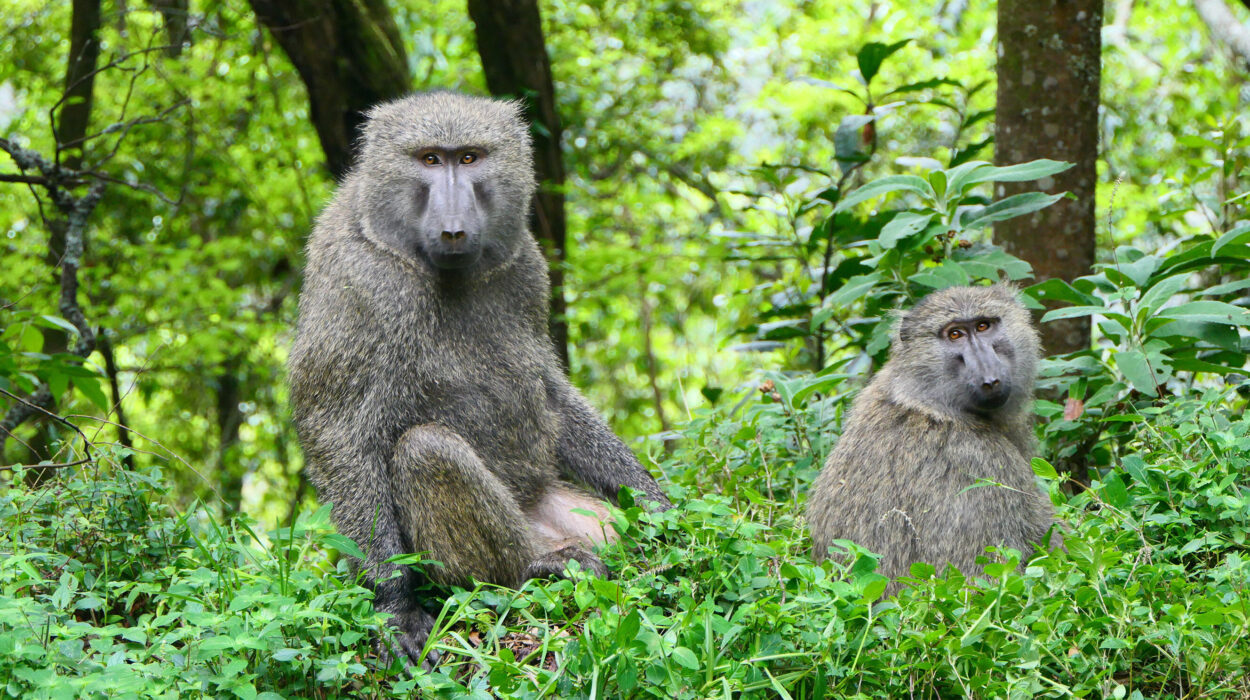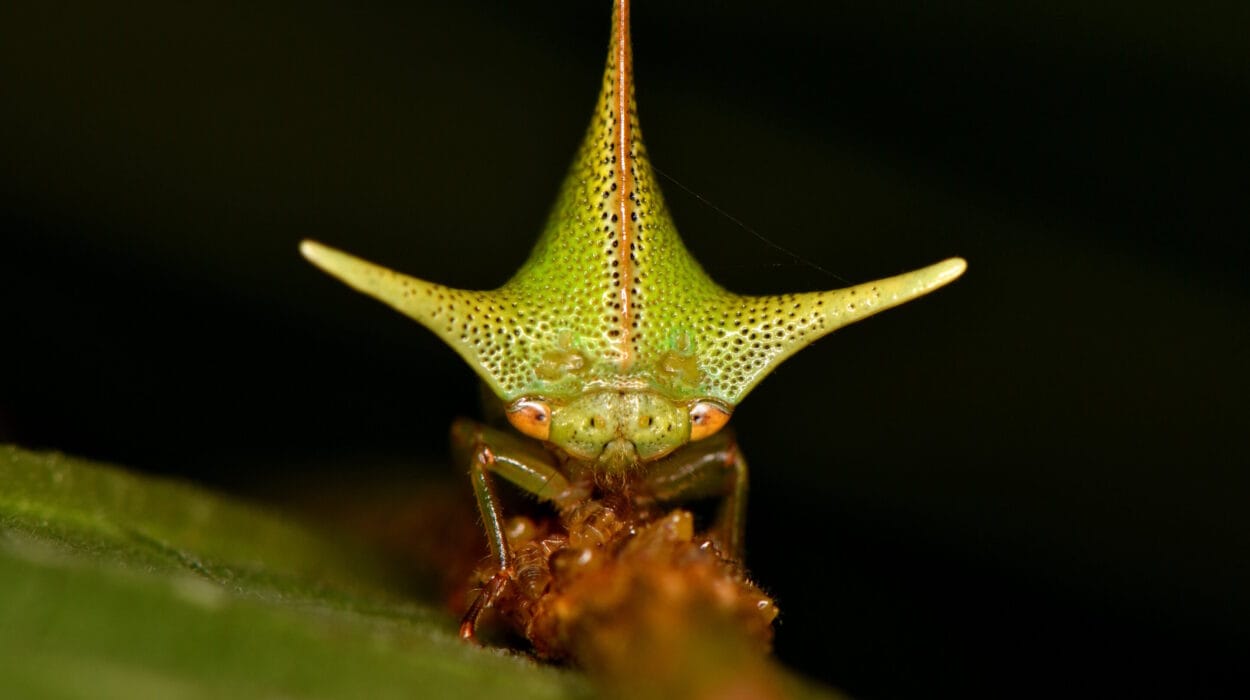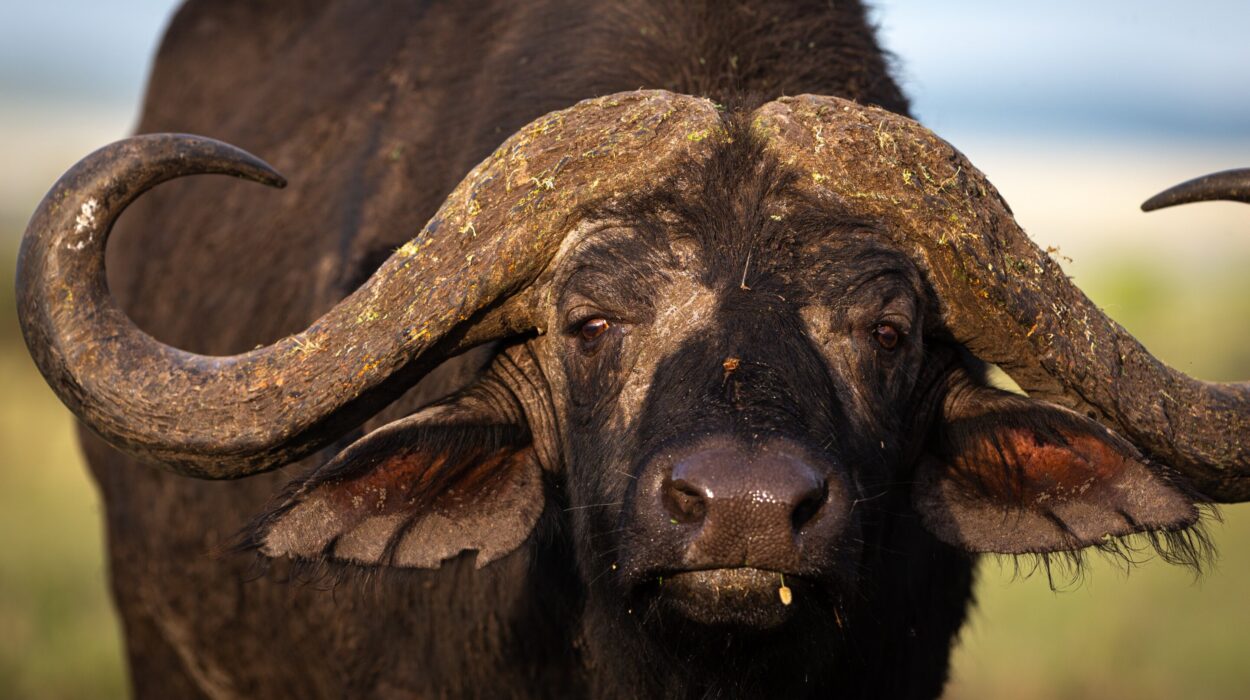Long before birds ever flapped a feather and bats dreamed of the night sky, the world was ruled from above by another kind of flyer—pterosaurs, the first vertebrates to conquer the air. With wingspans that would later stretch longer than a giraffe is tall, these prehistoric icons dominated Earth’s skies for more than 150 million years. But a mystery has always hovered around their origins: how and where did these remarkable reptiles first rise into the air?
Now, a groundbreaking new study published in Nature Ecology & Evolution sheds fresh light on that mystery, suggesting that the first tentative beats of pterosaur wings were made not just by evolutionary chance, but by climate-driven opportunity. By combining fossil records with sophisticated climate modeling, an international team of researchers has discovered that the rise of pterosaurs during the Late Triassic period was tightly linked to changes in Earth’s atmosphere—particularly the spread of warm, humid environments.
The First Flyers and Their Humble Beginnings
Pterosaurs, whose fossilized remains have captured imaginations with their strange, bat-like wings and elongated skulls, were not overnight successes. Their earliest ancestors, according to this new research, likely emerged from a curious group of small, agile creatures called lagerpetids—dog-sized, land-dwelling reptiles that lived about 240 to 201 million years ago. Unlike their soaring descendants, lagerpetids had no wings, no flight adaptations, and no clear indication they’d someday give rise to aerial giants.
“They were active and nimble, but very much grounded,” says Dr. Davide Foffa, corresponding author and paleontologist at the University of Birmingham. “What’s fascinating is that these creatures were much more ecologically flexible than the first pterosaurs. They could live in both humid and arid regions across the vast ancient supercontinent of Pangea.”
In contrast, early pterosaurs were seemingly climate-bound. Fossils from this period have been discovered in what is now Italy, Austria, and the American Southwest—places that, during the Late Triassic, were warm, wet, and close to the equator. Unlike their lagerpetid relatives, these fledgling fliers appear to have thrived only in narrow environmental conditions.
When the Climate Shifted, So Did Evolution
The Late Triassic wasn’t just a turning point in evolution—it was also a time of dramatic planetary change. Earth’s climate was transforming. What had once been confined to humid equatorial regions began to spread: warm, moist conditions became more widespread, reaching far beyond the tropics. Rainforests and lush corridors opened up along vast tracts of Pangea, breaking up deserts and inviting new ecosystems to emerge.
For early pterosaurs, this was no ordinary weather report. It was a biological open door.
“Suddenly, what had been small, isolated niches were expanding,” explains Dr. Emma Dunne, co-author and paleontologist at Friedrich-Alexander-Universität Erlangen-Nürnberg in Germany. “And pterosaurs, already adapted to life in trees and skies, were ready to move. The climate became their runway.”
This new study, by merging fossil data with advanced climate simulations, shows how the humidification of global ecosystems coincided with a rapid geographic expansion of pterosaurs. What had begun in tropical treetops soon stretched across latitudes—including what we now call Greenland and South America.
“Pterosaurs evolved into the wind,” says Dr. Alessandro Chiarenza, paleontologist at University College London and co-lead author. “As forests stretched farther, so did their wings.”
Flying Through Extinction
What makes the pterosaur story even more remarkable is that these creatures didn’t just rise with the climate—they survived through one of the most devastating extinction events in Earth’s history. At the end of the Triassic, around 201 million years ago, roughly 80% of species vanished in a mass extinction triggered by massive volcanic eruptions and sudden carbon spikes.
But pterosaurs soared on.
Their ability to move quickly, adapt to new environments, and possibly exploit aerial escape routes may have helped them dodge the worst of the extinction. Once the dust settled, they flourished in the Jurassic skies, evolving into some of the largest flying animals ever known, with wingspans up to 10 meters across.
“Looking back, it’s clear that early climate shifts didn’t just help pterosaurs fly—they helped them survive,” says Foffa. “It’s a story of how environmental change can reshape the very trajectory of life on Earth.”
Piecing Together a Fragmented Past
For centuries, the early evolution of pterosaurs has remained elusive. Their delicate bones—light and hollow like a bird’s—don’t fossilize well. As a result, the origins of flight among vertebrates have been wrapped in scientific shadow. Only in recent years, with a growing fossil record and advances in ecological modeling, have scientists begun to trace the trail of bones and clues.
This new research is part of that puzzle, drawing not just on paleontology, but on disciplines like climate science, biogeography, and evolutionary ecology.
“It’s like watching pieces of an ancient, shattered map come together,” says Dunne. “Every new fossil, every model, every data set helps us better understand how climate and evolution danced together to shape life’s great leaps.”
The team’s approach is holistic—examining where fossils are found, what those places looked like millions of years ago, and how species might have moved between them. It’s a powerful example of how Earth’s long history can help explain patterns of biodiversity and extinction not just in the past, but also in the present.
Echoes for Today’s Climate Crisis
Beyond the fascination of prehistoric flight, the pterosaur story carries a timely message.
“Climate change is one of the biggest drivers of biodiversity loss today,” says Chiarenza. “And this isn’t a new phenomenon. Our deep past shows us that climate has always shaped who thrives, who adapts, and who disappears.”
Indeed, as the modern world grapples with rising temperatures, changing rainfall, and vanishing habitats, scientists are increasingly turning to the fossil record to understand what may lie ahead.
The lesson from the Late Triassic is not that change is new—but that it matters. Pterosaurs may have flourished because of it, but many other species did not.
“This study reminds us that even the most dramatic innovations—like flight—are often the product of opportunity meeting preparation,” says Foffa. “The climate changed, the forest opened, and pterosaurs were ready to leap.”
From Fossil Bones to Living Questions
Though long gone, pterosaurs continue to haunt our imaginations and inform our science. Their fossilized remains, sometimes delicate as a butterfly’s wing, whisper of an ancient world in motion—a planet warmed, reshaped, and rediscovered by the creatures it hosts.
What once seemed like an evolutionary fluke now appears to be a story of adaptation and timing, of humid forests and brave leaps, of small reptiles reaching out with skin and bone to claim the air.
It’s a reminder that every flap of a wing, no matter how ancient, begins with a shift on the ground—and a window in the sky.
Reference: Climate drivers and palaeobiogeography of lagerpetids and early pterosaurs, Nature Ecology & Evolution (2025). DOI: 10.1038/s41559-025-02767-8
